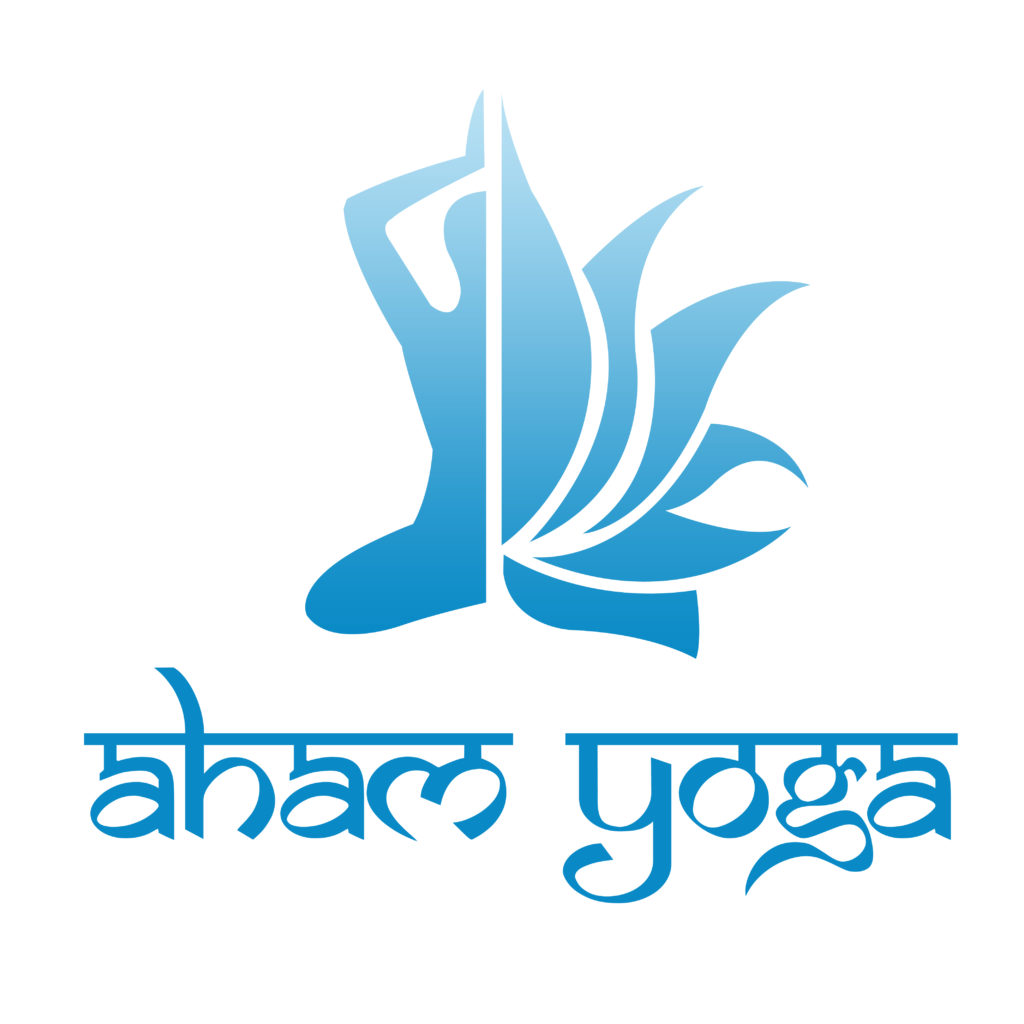23
Pranayama has always been an integral part of yoga. Back in the day, a yogi used pranayama as one of the many tools to go deeper into his sadhana. Deeper pranayama states aided in the spiritual evolution of the yogi. Compare to the present day, the goal of pranayama has shifted. Today, pranayama is largely used as a tool for wellness, a means to connect with oneself deeper, an antidote to stress, and more.
Pranayama has made its way into yoga studios, YouTube lessons, and pretty much everywhere you see some form of yoga. Yet, many yoga teachers continue to struggle to bridge the pranayama-asana gap and help themselves and their students relate to this in the long term. Because while asana can be generalized, pranayama needs a “pause & reflect” before diving in.
By the end of this post, you’ll be able to understand how to better approach pranayama for more success in your practice.
The Approach is “It Depends”…
If you’ve been in training with me or if you listen to my weekly Let’s Talk Yoga podcast, you have heard me say this before: “It depends.”
The “start point” matters.
-Arundhati
If you’re established in yoga, by which I mean asana to a certain consistent degree, your entry and experience in pranayama will be smoother. Mainly because you’re already experienced in breathing in a certain way in asana, lung elasticity is established, body awareness is higher, the ability to stay still and centered is greater, and so on. These aid pranayama. That’s why asana is always ahead of pranayama in Maharishi Patanjali’s Ashtanga yoga marga.
Now does that mean if you don’t do yoga, you can’t start pranayama? Absolutely not. But the start point will determine your approach to pranayama. If you’re keen on integrating pranayama, the easiest place to begin is to first condition your breathing in asana. While you don’t need to do heavy-duty asana, it will help you sit with steadiness, focus, and train the mind to be with the breath more effortlessly.
I personally notice that the more you train in consistent asana, at least early on in your yoga journey, the easier it will be to learn pranayama. If for some reason you cannot do this, you can still do pranayama, it may just take a little longer to make it effortless.
Other factors that influence Pranayama’s success are:
- Physical and mental fitness
- Stress level
- Ability to be present
- Listening skills
- Body awareness
- Food and nutrition habits
- Activity level
- Goals from practice
- Discipline to stay consistent
- Finding the right teacher to meet you where you are at & build you up.
How Much Pranayama Should You Learn?
There are many different types and techniques of pranayama, but honestly, you don’t need all of them. Unless you’re a yoga teacher who plans to teach pranayama, knowing a good amount of theory and practice will help.
But for the average person, you don’t need too many techniques. Just a couple that you use repeatedly is plenty for a lifetime.
In asana, you need variety; in pranayama, you don’t.
How Long Should a Pranayama Session Last?
An at-home pranayama session doesn’t need to be super long. Aim to do it more consistently across more days versus an hour-long session once a week. For the longer sessions, go to a class.
A session should last for as long as you’re able to stay present and focused.
Where can you learn pranayama?
My personal suggestion is to invest time with a competent pranayama teacher especially early on in your journey. Learning from videos and books can help. But if you want to get real good, have a teacher guide you. It will be more personalized and structured that way.
If you can’t find a yoga teacher, come to me. We have weekly pranayama classes at my studio, Aham Yoga. They’re streamed online so you can attend from anywhere in the world.
Hope you found this helpful. If you have questions, leave them for me in the comments.
-Arundhati


